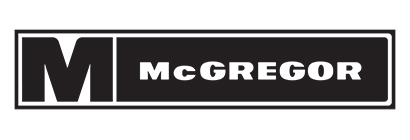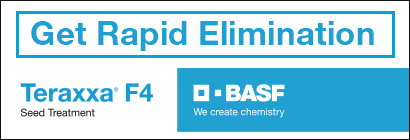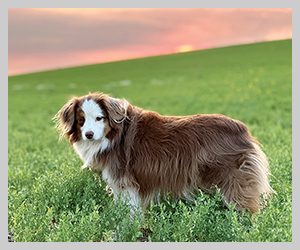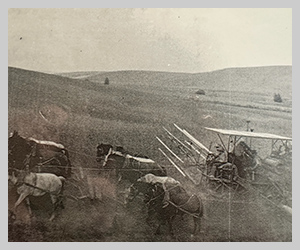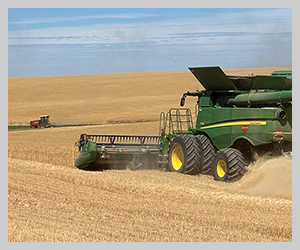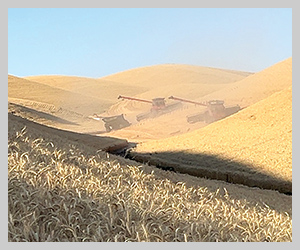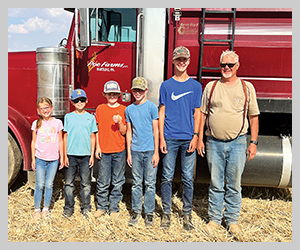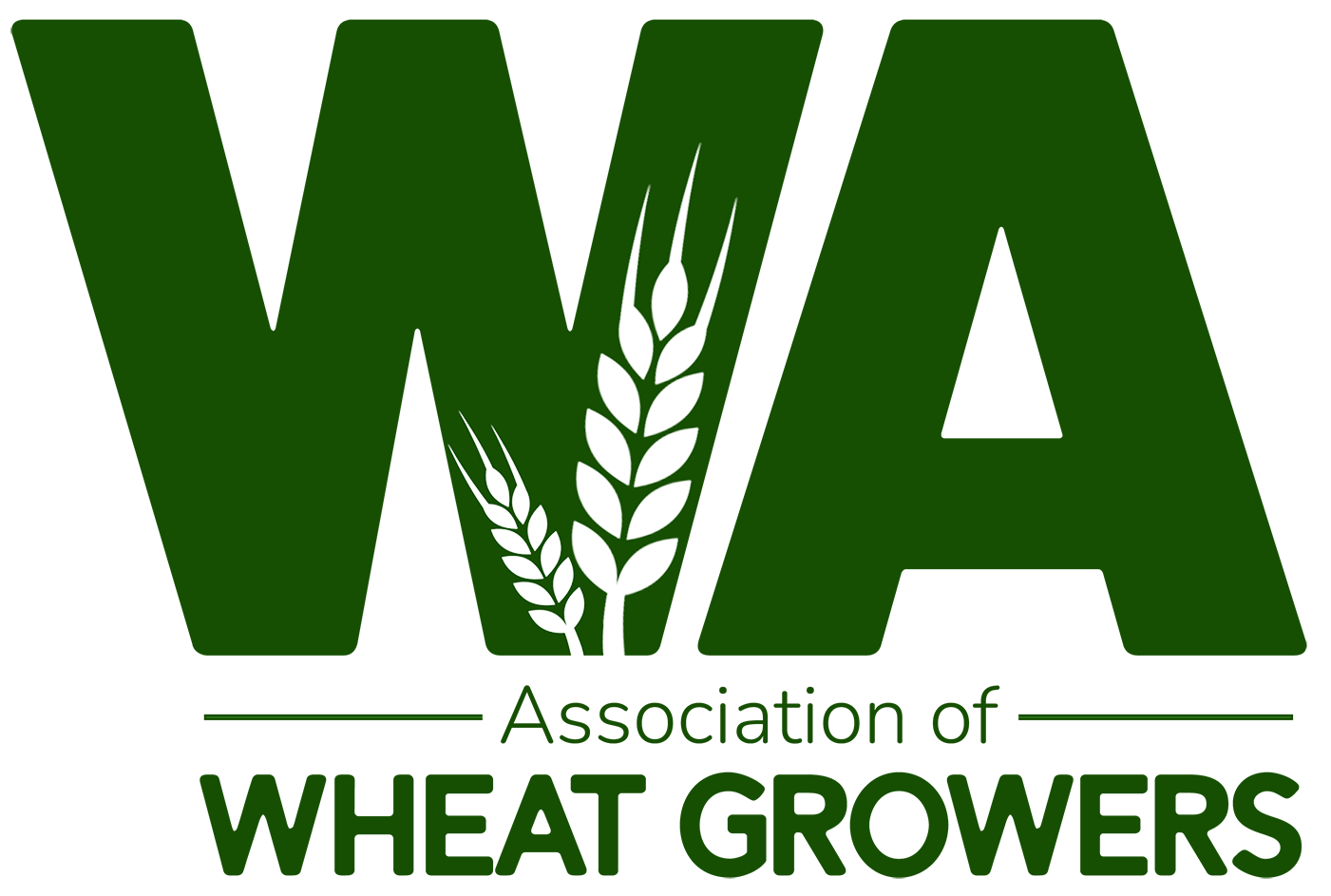Reviewing the Enhanced Coverage Option

Glad tidings readers!
Our topic of conversation is a product that is not necessarily new, though it’s gaining traction and increased interest due to recent enhancements from the Risk Management Agency. When introduced in 2020, the Enhanced Coverage Option (ECO) premium costs outweighed the coverage benefit for many producers, making participation low. The intent of ECO is to provide “shallow loss” coverage for producers on a countywide basis.
ECO is a county-level crop insurance product that mirrors your underlying Multiple Peril Crop Insurance (MPCI) coverage: revenue protection or yield protection. If you have yield protection, then ECO covers yield loss. If you have revenue protection, then ECO covers revenue losses. Producers have the option to insure at either 90% or 95% coverage level, with the amount of coverage determined by your underlying MPCI policy.
ECO provides a band of protection down to 86% of the guaranteed yield or revenue. This policy coverage will sit just above your underlying MPCI policy and the U.S. Department of Agriculture’s commodity title choice: Agriculture Risk Coverage or Price Loss Coverage. ECO does not restrict the choice of the commodity title program.
How does ECO work? I’m glad you asked. ECO is not impacted by indemnity payments made by your underlying MPCI policy, as it is a separate policy reflecting your revenue or yield coverage. ECO pays a loss on an “area basis,” think county, and an indemnity is triggered when there is a decline in the county-level yield or revenue. As indicated above, ECO has two trigger levels: 90% and 95%. If the county yield or revenue is reduced beyond the trigger level, you will receive an ECO indemnity.
ECO does have a couple noteworthy items that may be a negative feature for some producers, in my opinion. First, the premium is due at the same time as your underlying MPCI policy. Second, this is an “area-wide” coverage option, not an individualized coverage like your MPCI policy provides. Lastly, the county revenue and yield information are released by the National Agricultural Statistics Service generally in late spring. This means premiums are paid nearly nine months prior to a potential indemnity payment. That said and with harvest complete, one will have a pretty good indication if a potential indemnity exists
Beginning with the 2025 crop insurance year, premium subsidies were increased to 65%, significantly reducing premium costs for the additional coverage. Many producers have chosen to add this product to their risk management tool chest.
With the additional premium cost share, I believe this is a great tool available for growers to provide shallow loss coverage for your operation. Sales closing deadline mirrors that of the crop insured. All wheat types have a Sept. 30 deadline. ECO should be analyzed by all growers with your crop insurance partner to see if it’s a fit for your operation.
As always, please feel free to contact me with any concerns or additional questions. I wish you a bountiful and safe harvest season.
Curtis Evanenko serves as a risk management advisor with McGregor Risk Management Services. He can be reached at (509) 540-2632 or by email at cevanenko@mcgregorrisk.com.


